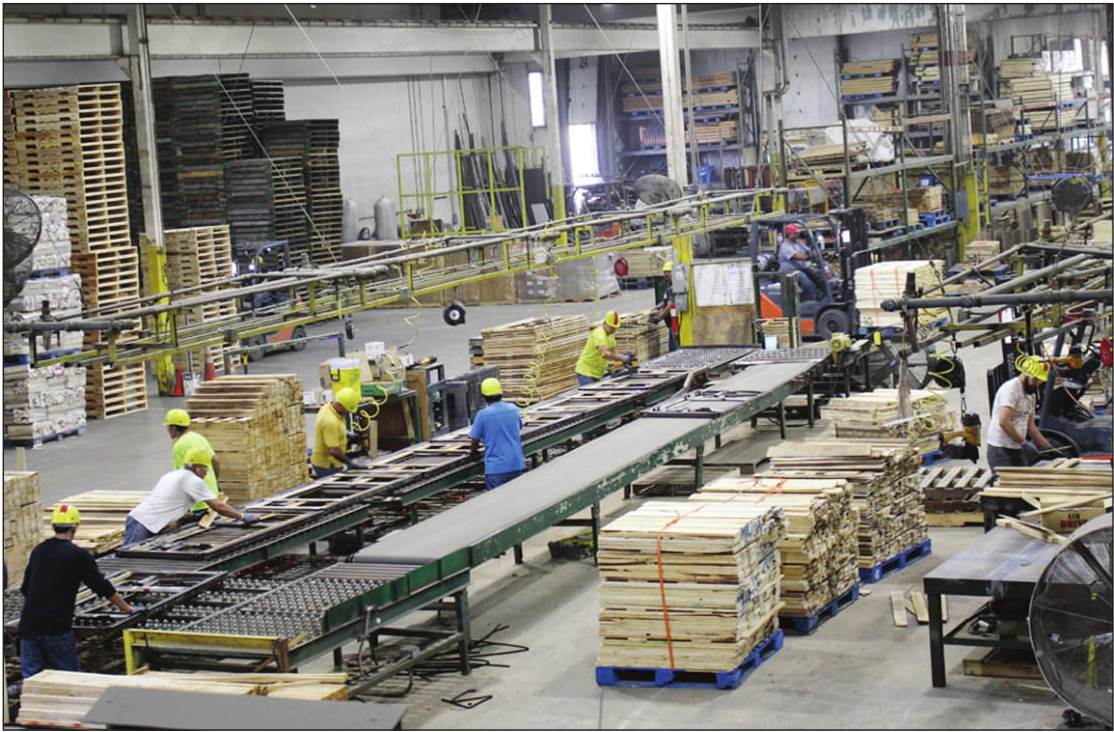
The Langlade County Notes Key Industry During Forest Products Week
Forest products are an economic driver in Langlade County and across the northwoods, and this is the week to celebrate them.
Gov. Scott Walker has proclaimed this Forest Products Week, a time to recognize the people who work in and care for forests, the businesses that create forest products and the many ways forest products contribute to our lives.
“From paper products such as food packaging, fine writing paper and tissue paper, to lumber used for homes and furniture, the products made by the 1,200-plus forest products companies in Wisconsin help make our life better,” Collin Buntrock, forest products team leader with the Wisconsin Department of Natural Resources, said.
In addition to recognizing the myriad forest products ingrained in daily lives, Forest Products Week celebrates the positive impact of Wisconsin’s forest products sector on the state’s economy.
“Forest products contribute $24.1 billion annually to the state’s economy,” Buntrock said. “Additionally, our forests directly provide more than 60,000 jobs for Wisconsin residents with a payroll of $3.6 billion. In fact, forestry is the number one employer in 10 counties, and every forestry job supports 1.7 additional jobs in the state.”
Buntrock noted that Wisconsin also celebrates Manufacturing Month during October and the forest products sector continues to be a vital component of Wisconsin’s manufacturing with 14 percent of all manufacturing jobs in the state.
Forest Products Week also salutes the people who care for the 17.1 million acres of forests in Wisconsin.
“Sustainable forestry is key to maintaining Wisconsin’s forest-based economy,” Buntrock said. “While 31 percent of Wisconsin’s forests is owned by county, state and federal governments, the 57 percent of the forestland owned by about 391,000 individuals and families supplies a majority of the wood used by Wisconsin’s forest products industry to make the products we use every day.”
Buntrock’s team of forest products specialists helps Wisconsin’s forest industry build and maintain strong markets while ensuring that forests remain a vital part of the state’s economy and culture for future generations.
Source: Antigo Daily Journal, October 26, 2018 edition
